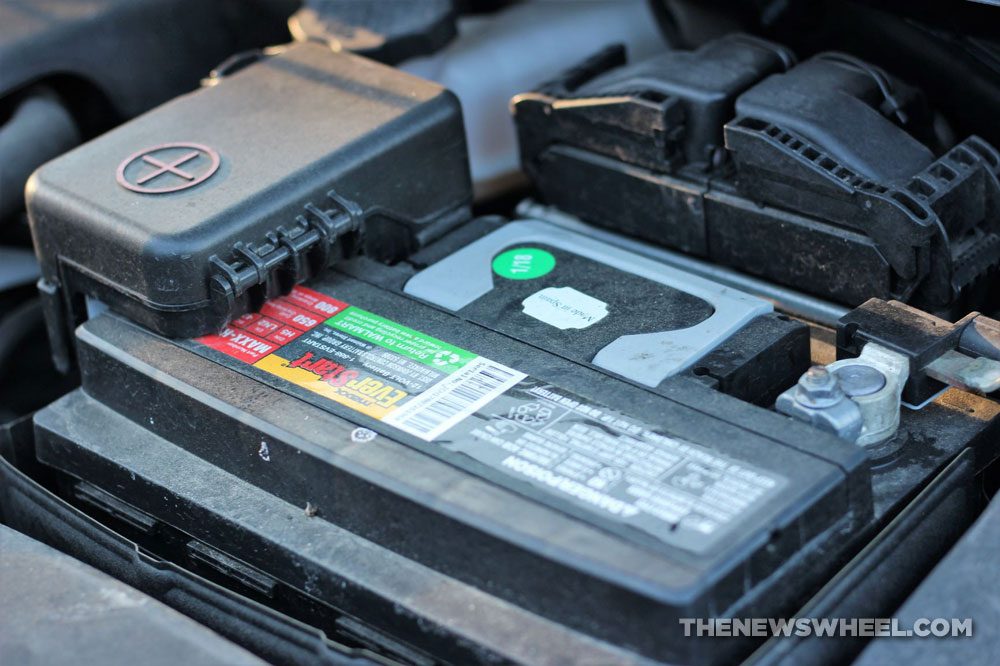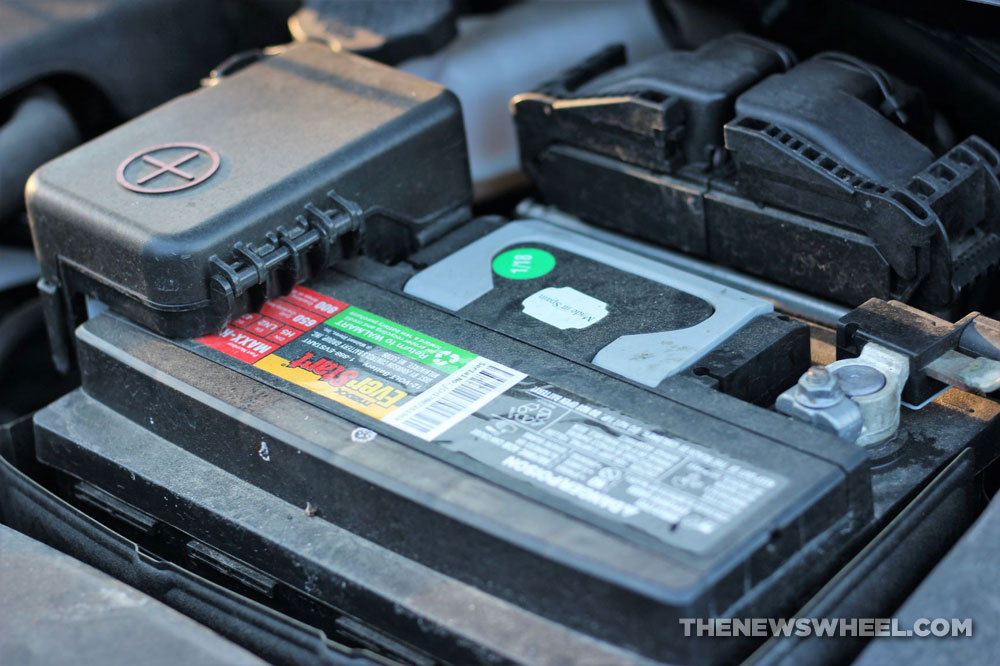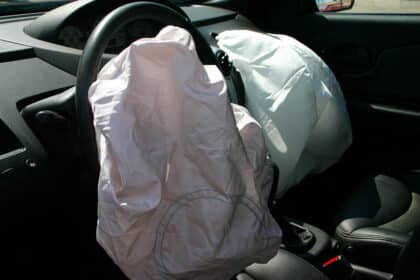
Maintaining and replacing your vehicle’s battery are two essential parts of car care. Here’s how to determine your battery’s age and some tips for deciphering battery codes.
Out With the Old: Find new tires with this nifty tool

The easiest way to determine your vehicle battery’s age is if you purchased your vehicle new or recently replaced the battery, according to J.D. Power’s Jessica Choksey. For a new vehicle, the battery’s age will equal the time that’s passed since you first brought your ride home from the dealership. If you’ve just replaced the battery, you can simply look at the receipt date for when you purchased the battery to know how old it is.
With a used vehicle, it can be a bit more challenging to find out the battery’s age. That’s especially true if the vehicle’s previous owner doesn’t have a copy of the receipt or service invoice for the date that the battery was last replaced. In this case, simply follow these steps to help you know the battery’s age.
For starters, pop the hood open and look at the battery’s sticker. Many batteries will have a sticker printed with the date information.
If the battery doesn’t have this, look for a heat stamp, engraving, or strip with an alphanumeric code. Per Choksey, the first two characters of the code should give you the date information.
The first character is usually a number that corresponds to the last digit of the year the battery was made. According to It Still Runs contributor James Stevens, manufacturers use a 10-year cycle for battery codes. So, a 9 could indicate that the battery was produced either in 2009 or 2019.
The second character is usually a letter from A through L that corresponds to the 12 months of the calendar (e.g. A is January, D is April, etc.).
Depending on your battery’s manufacturer, sometimes it will indicate an expiration date. Per Stevens, this is the date after which the battery should not be sold. If 2-3 years (or more) have passed since the listed expiration date, it’s a good idea to get a replacement battery.
Help your battery last even longer this winter with these simple maintenance tips. And discover the benefits and disadvantages of replacing a car battery yourself.
An SUV You Can Count On: U.S. News praises the XT5 for being a reliable family car
Whitney Russell resides in Dayton, though her spirit can be found beach-bumming in Puerto Rico (the land of her half-Puerto Rican heritage). When not crafting car-related content, she can be found chasing after the most amazing toddler in the world, watching her “beaver” of a husband build amazing woodworking projects, hanging out with two crazy dogs, and visiting family and friends. She also enjoys traveling, crafting, and binge-watching period dramas when time allows. See more articles by Whitney.










